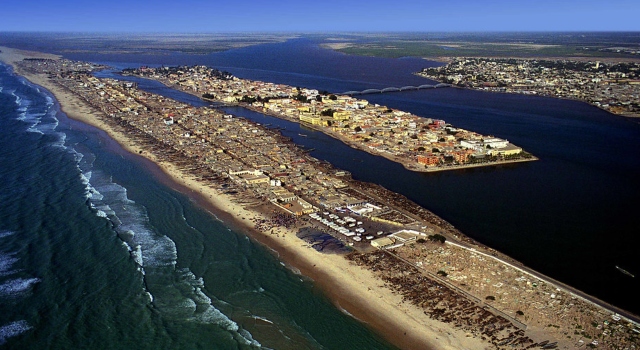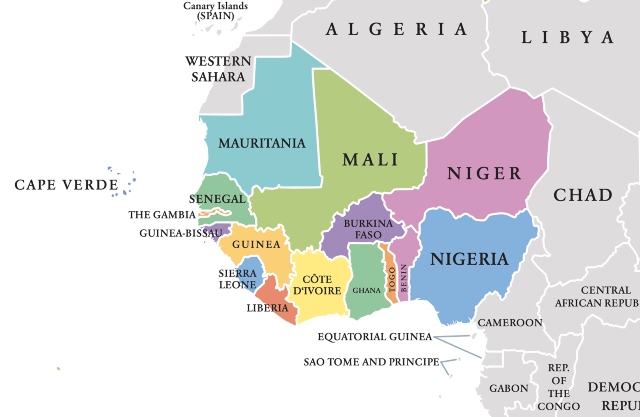[image:flickr]
With most of the world’s attention around global warming focussed on Europe, we often forget about the cities along the western coast of Africa that are facing an even bigger threat due to rising sea levels.
Dubbed the “Venice of Africa”, Senegal’s former colonial capital, Saint Louis, is a crowded island city built among waterways with the Atlantic Ocean on its western side and the mouth of the Senegal River on its east. This megacity is now slowly disappearing into the drink as climate change wreaks havoc on the continent.
A botched attempt, in 2003, to reduce flooding by digging a canal only made things worse, putting a whole neighbourhood underwater. A study commissioned by the Senegalese government a decade later found that 80% of the city will be at risk of flooding by 2080.
“Saint Louis is a city of water, if we’re not careful it will all disappear.”
St. Louis is not only an example of a city that is particularly sensitive to climate change; it might also be a vision for the future. Many of West Africa’s rapidly developing towns are at risk of gradually slipping beneath the waters. In the next 50 years, sea levels are anticipated to increase by another half-metre on average over the world.
West Africa’s lowland areas will be particularly hard hit.
The large towns founded by European colonial powers a century or more ago are predominantly situated on fragile sandy coastlines, frequently among lagoons and mangrove estuaries near the mouths of rivers needed for transport and trade. Lagos, for instance, straddles a string of islands, and much of Mauritania’s capital, Nouakchott, is below sea level. It is protected only by a belt of dunes, which may itself be overcome by the waves.

[image:unesco/flickr]
West Africa’s coastal towns may not be the most conspicuous victims of increasing sea levels, and several Asian cities have seen more spectacular calamities. In 2007, half of Jakarta, Indonesia’s capital, was submerged beneath roughly four metres of water, displacing half a million people.
However, the rate at which West Africa is urbanising, as well as its low level of income, will substantially increase the effects of rising seas.

[image:wikicommons]
Rafaël Almar, a geophysicist and oceanographer at France’s Research Institute for Development believes it is not only rising sea levels that threaten much of Africa’s coastline. According to him, the megacities that sprout along the coast are actually sinking as well.
“In much of West Africa, subsidence—the lowering of the land surface itself—is often one of the biggest causes of urban coastal flooding.”
Lagos, for instance, is sinking by as much as 87mm a year, due in part to uncontrolled development and badly maintained drainage systems. “Most of the region’s coastal cities also pump water from aquifers on which they are built, literally shaking the earth beneath them”, notes Marcus Mayr of the UN’s Green Climate Fund.
While the ground is weakening, more and more people are driven to the coastline as searing temperatures make life harder inland. In fact, low-lying coastal areas in Africa are expected to see the biggest increase in population growth.
Some estimate that Lagos is already increasing at a rate of one million people each year. According to some projections, by 2100, the roughly 1,600-kilometer coastline from there to Abidjan, Ivory Coast’s capital, may constitute a single, spreading megalopolis of up to 500 million people.
With rising sea levels and sinking cities, entire metropolises will be forced to migrate. Where they will go is anyone’s guess.
[source:economist]
Source link : https://www.2oceansvibe.com/2024/06/26/the-venice-of-africa-is-slowly-sinking-into-the-sea/
Author :
Publish date : 2024-06-26 10:00:57
Copyright for syndicated content belongs to the linked Source.





